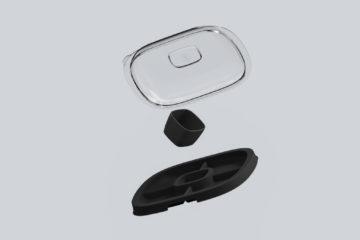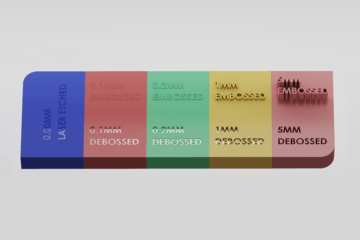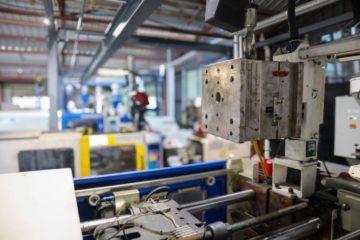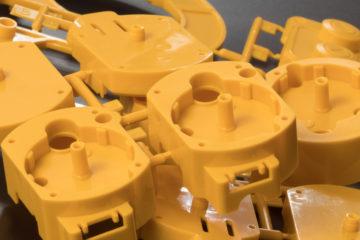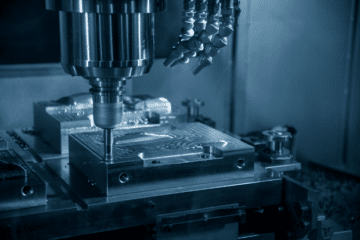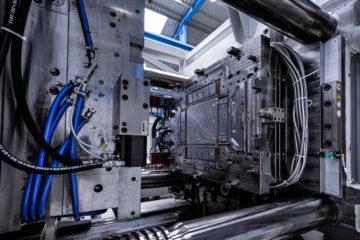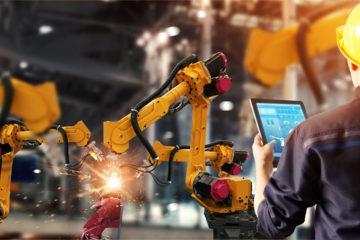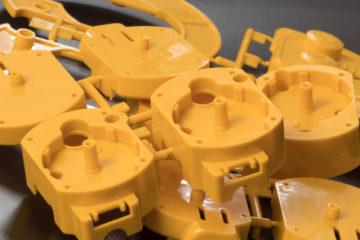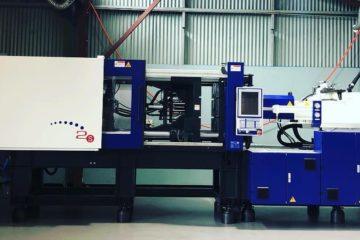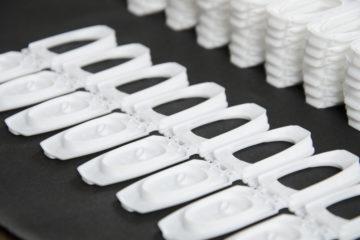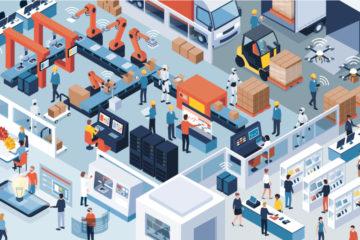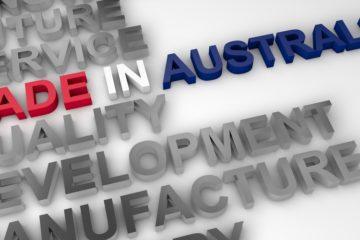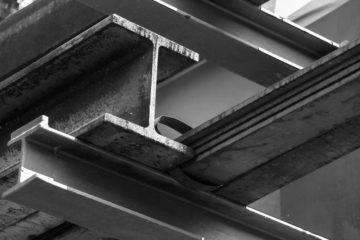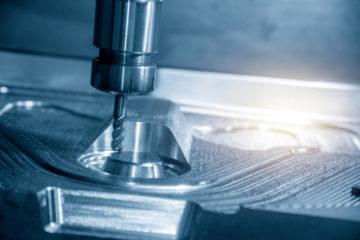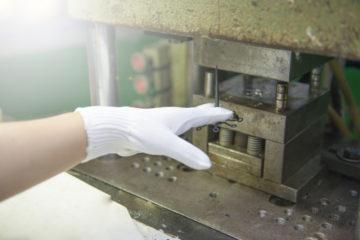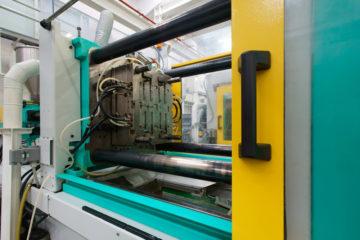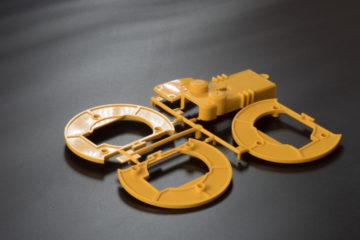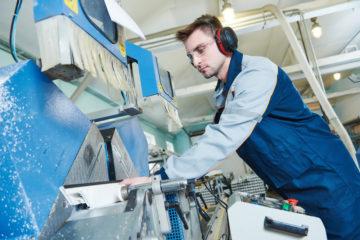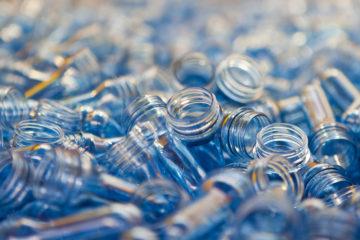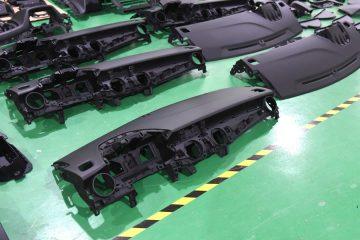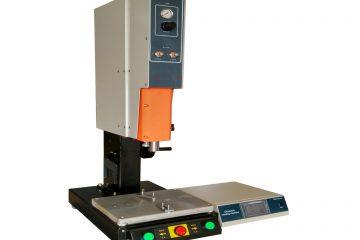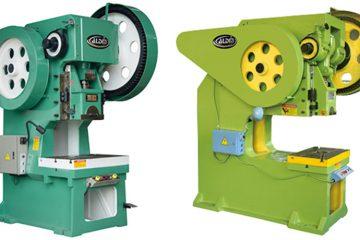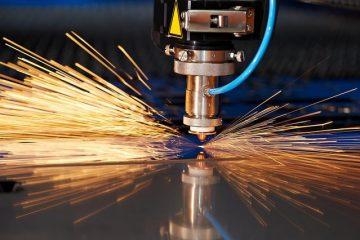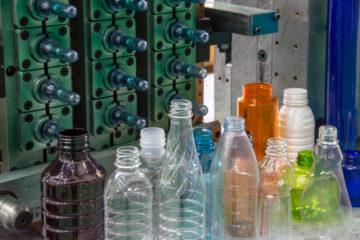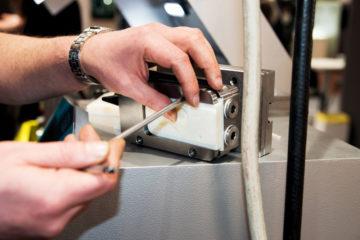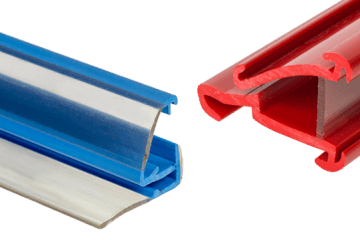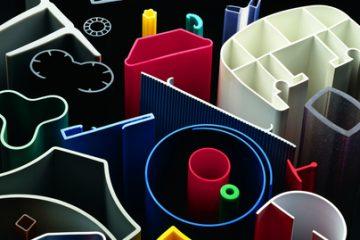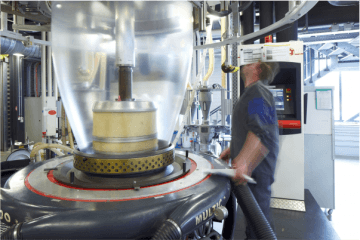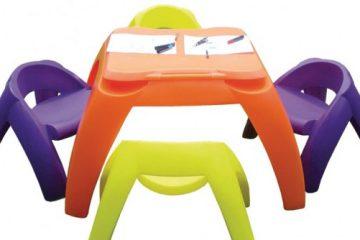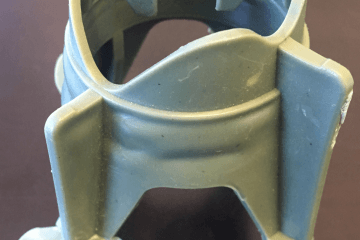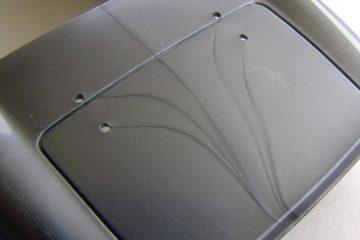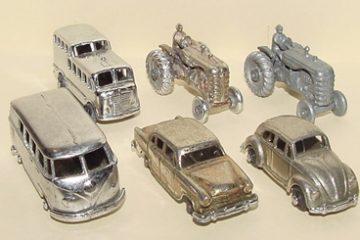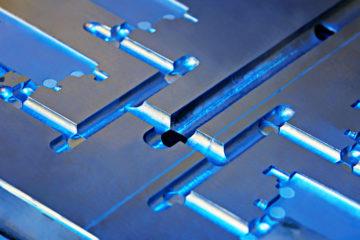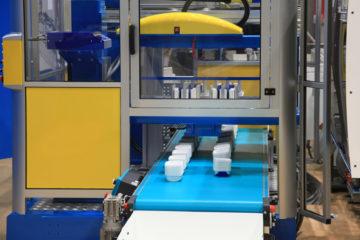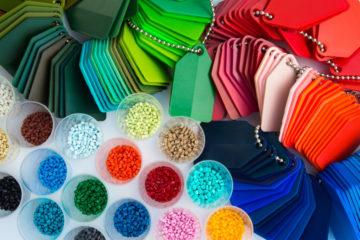
When looking to manufacture your product, there may be a few different manufacturing options that you can use to turn your design into reality. Regardless of what your product is, by choosing a manufacturing technique, you are making an investment.
Tooling, lead times, material and cycle time limitations are all factors which not only impact the quality of your manufactured product but which directly influence your up-front expenses and ROI. With that in mind, it’s essential that you carefully consider your manufacturing options.
Two highly effective and time-tested manufacturing techniques are Injection Moulding and Rotomoulding. Both techniques have their own distinct advantages and disadvantages and may or may not be suitable for your moulding requirements.
Let’s take a look.
What is rotomoulding?
Rotational moulding or rotomoulding is a manufacturing technique that is typically used to make hollow plastic products. Powdered resin or plastic is poured into a hollow mould before the mould is rotated on all axes within a heated oven and begins to melt. As the plastic melts and takes on the shape of the mould, the slow, continual rotation ensures uniform plastic distribution along the walls although more material will accumulate in the mould corners and edges. After the heating and rotation process is complete, the mould is cooled, typically with a fan, causing the plastic to shrink and the hollow part to come away from the mould interior wall so that it can be removed.
The process allows large parts to be manufactured in a cost-effective and efficient manner and is typically chosen for the manufacture of large, hollow products such as water tanks and coolers The key advantages of rotomoulding are.
Advantages of Rotomoulding
- Low Tooling Cost: Moulds are often relatively inexpensive and low-volume product runs can be economic.
- Shorter Lead Times: Due to the reduced mould complexity, lead times from mould manufacture to production are typically quicker.
Disadvantages of Rotomoulding
- Long Cycle Times: The cycle time of the rotomoulding process can be quite long; often taking 30 minutes or longer. Consequently, run lengths of products can range from just a few parts to a few hundred. This is a notable limitation which may make it unfeasible for clients who require high-volume production.
- Limited Material Options: There are limited options of materials which can be used in the rotomoulding process. The material used must be refined from granules to fine powder and needs to have excellent thermal stability as well as antioxidant properties. Suitable materials are largely limited to poly-based resins such as polycarbonate and polyurethane.
- Low repeatability: Due to using soft materials a rotomoulding tool must be replaced or refurbished after about 3000 cycles.
- High labour cost: The Rotomoulding process is yet to be automated, requiring more labor than manufacturing processes like injection moulding
What is Injection Moulding?
Plastic Injection Moulding is a manufacturing technique used to mass produce plastic parts from thermoplastics and thermosetting plastic materials. Injection moulding is typically used where the same part needs to be created hundreds or thousands of times.
Simply put, plastic granules are fed into an injection moulding machine where it is heated, and forced into a mould cavity under pressure, where it cools and hardens to precisely form the shape of the cavity.
The process of injection moulding allows parts to be produced in large volumes quantities and with repeatable accuracy and precision. Although producing moulds can be costly, once the initial costs have been managed, the price per unit produced is extremely low.
Advantages of Injection Moulding
- Speed and Efficiency: Injection moulding is a beneficial way of producing products at a high volume. With injection moulding, you’re talking seconds to make a product, not minutes or hours.
- Consistency: Injection moulding is second to none for its consistency. Every part produced is replicated exactly every time, which is a huge advantage when it comes to mass production and ensuring quality control.
- Less Waste: At Dienamics, all of our injection moulding machines are fitted with robotic arms which collect the sprues and then drop them into a plastic granulator where it is reground and recycled back into the run. This means that even a small amount of waste can be recycled and reused.
- Low Production Cost: As injection moulding technology is automated, you’ll be saving a significant amount when it comes to labour cost. All mechanics and robotics can be controlled by a single operator
Disadvantages of Injection Moulding
- Up-front Expenses: Initially, injection moulding can be more costly than that of rotomoulding due to the upfront costs of the tooling. However, for this upfront cost, you get a mould that can run consistently for a long lifespan producing parts quickly and cheaply. The moulds we make for customers are built to last 1 million cycles.
- Not Ideal for Low-Volume Production: Ideally, injection moulding should be used for mass production. Although it is possible to injection mould just a few parts it would not be cost effective to our customer. For this reason, Dienamics can offer other solutions for low quantity requirements. One popular option is Vacuum Casting
Rotomoulding vs. Injection Moulding: Which is right for you?
Now that we know the advantages and disadvantages of both processes, it’s time to decide what is right for you. If you’re looking to produce very large, hollow parts, that do not need very high dimensional accuracy or if you are only looking to produce small batches at a time, rotomoulding may be for you.
However, if you need to produce high quantities of parts with high precision and consistency, or need to manufacture a highly complex design, injection moulding may be your best bet.
Think Injection Moulding Is the Right Option For You?
If you are considering injection moulding(replace with hyperlink) for your product, the expert team at Dienamics(replace with hyperlink) can give you all the information you need to make your decision and get started. Contact us today!
Subscribe to Our Newsletter
Get the latest news from Dienamics into your inbox







